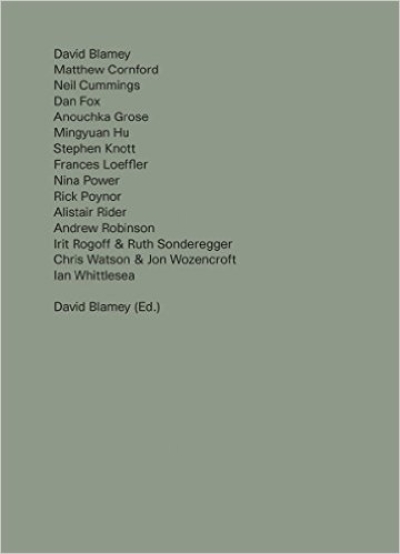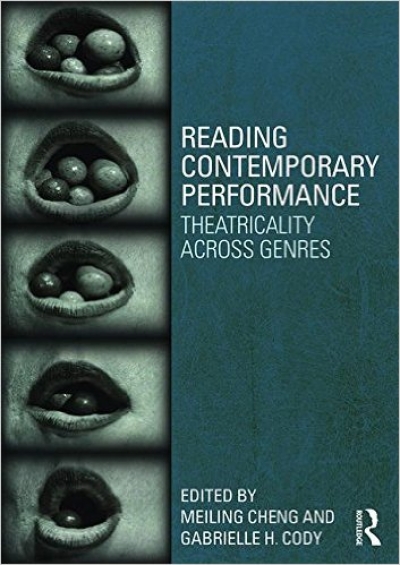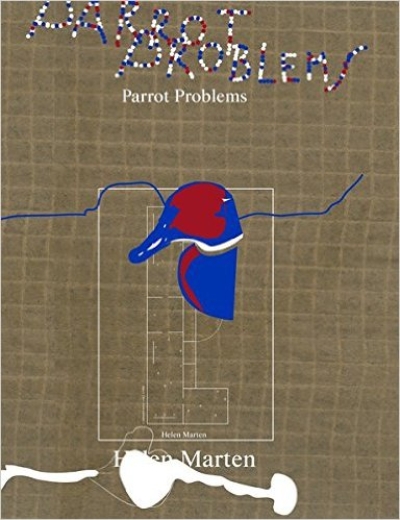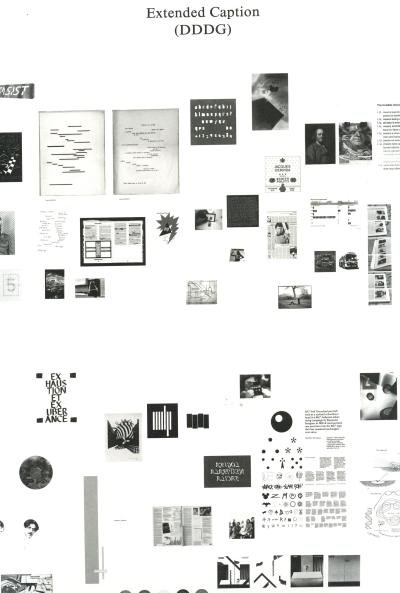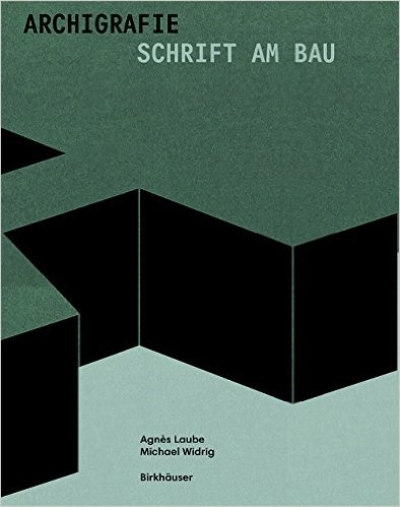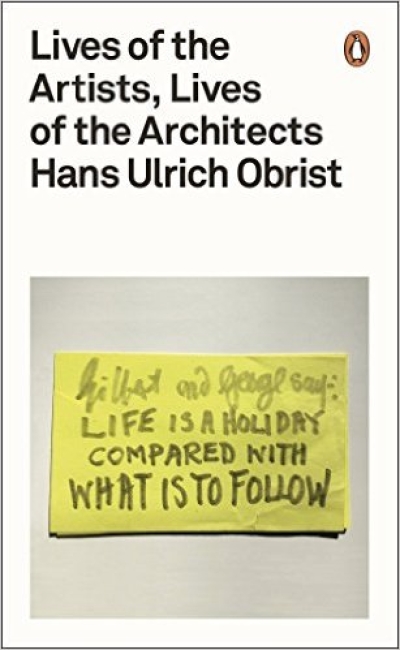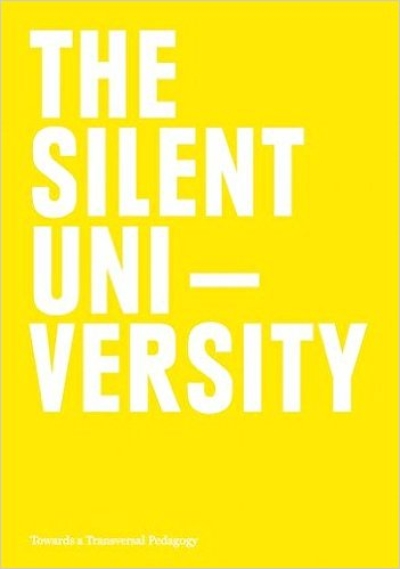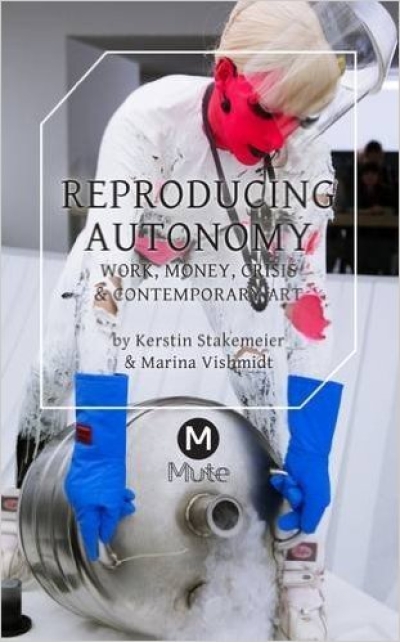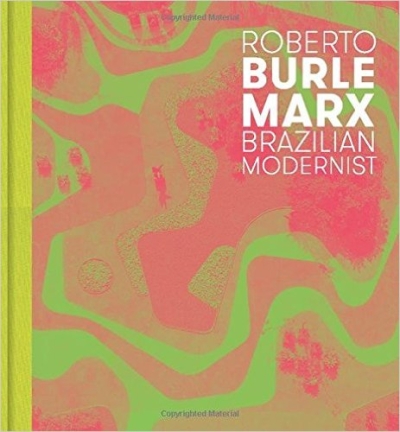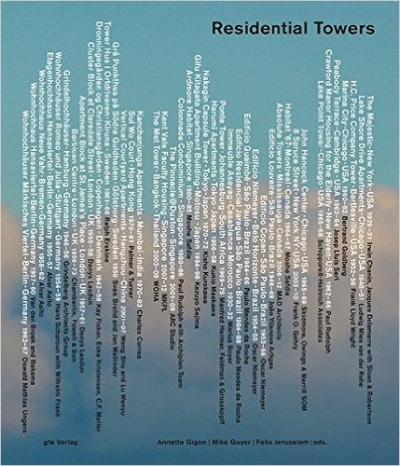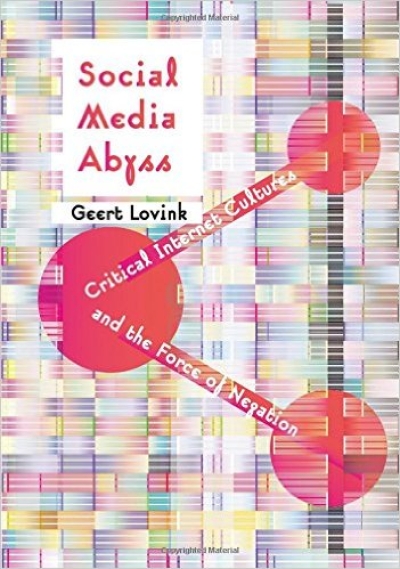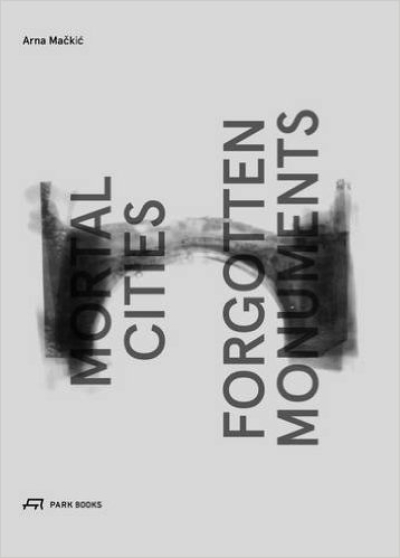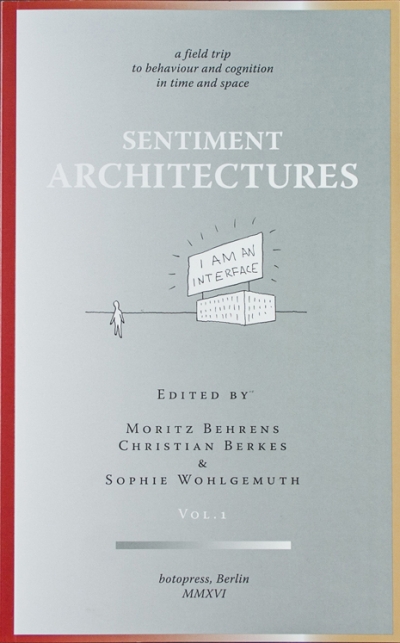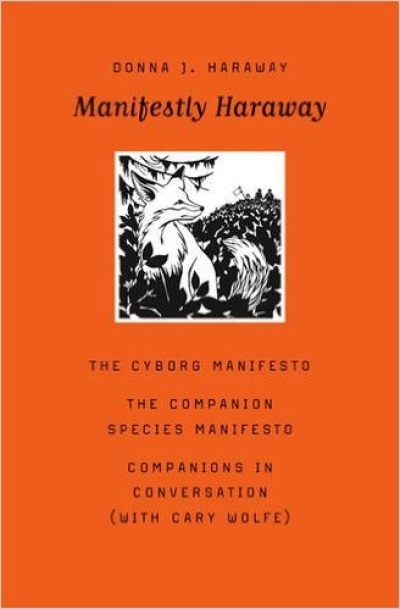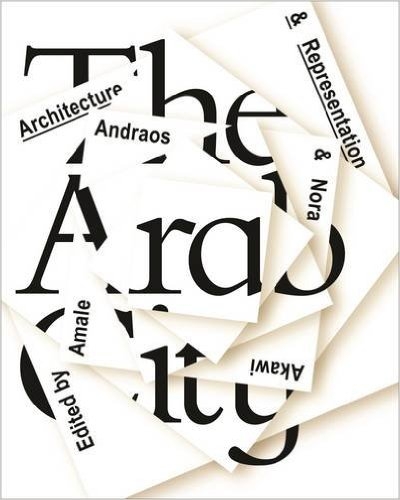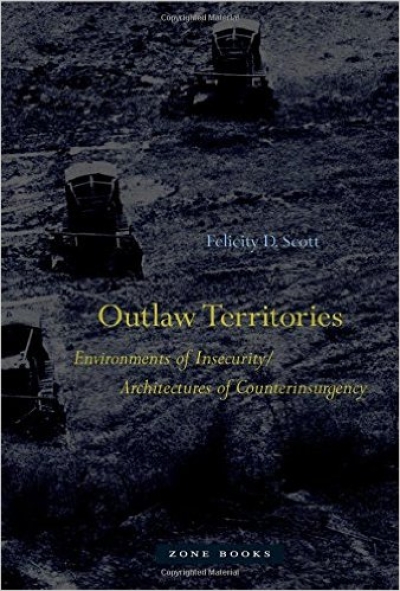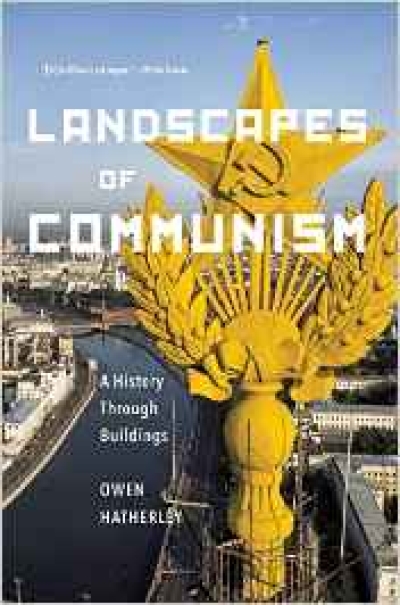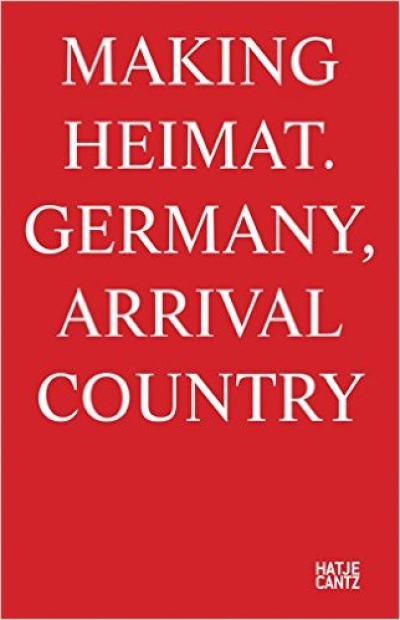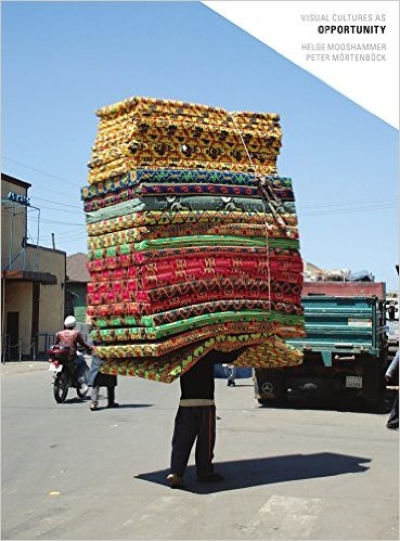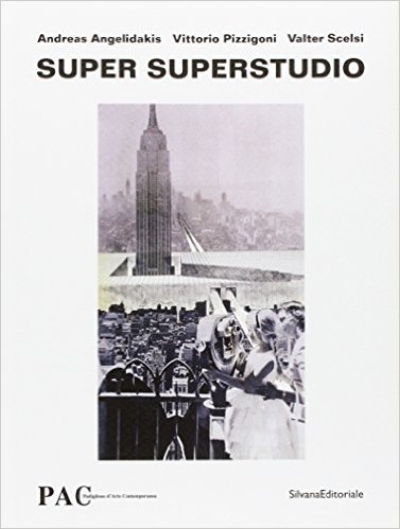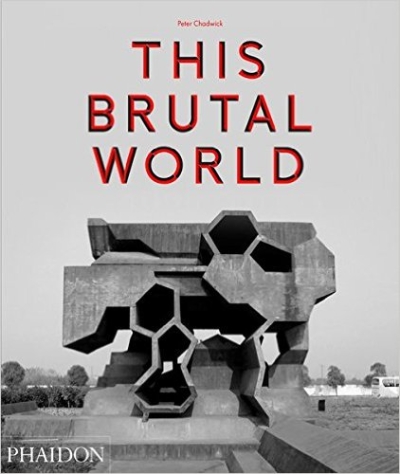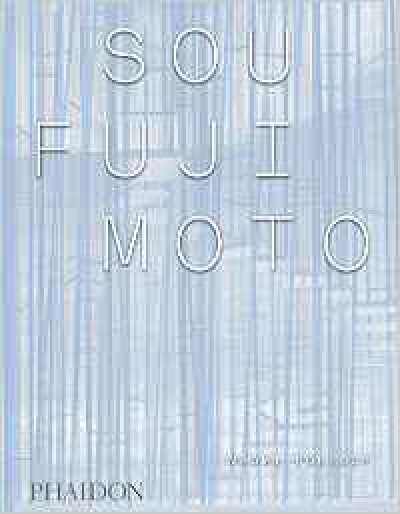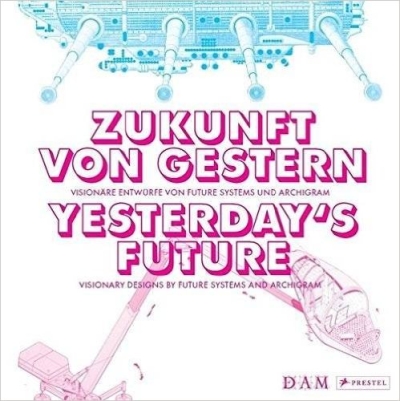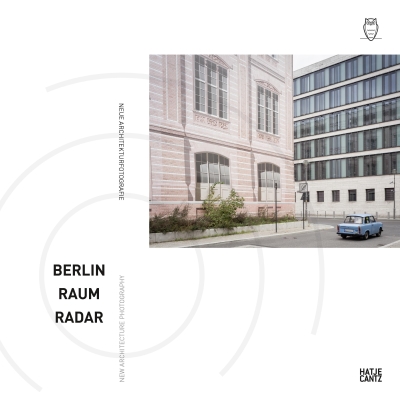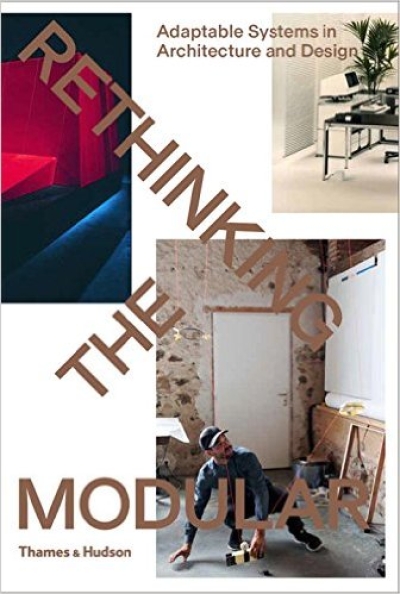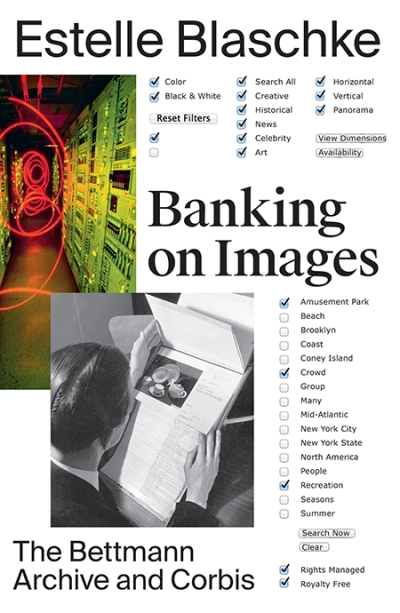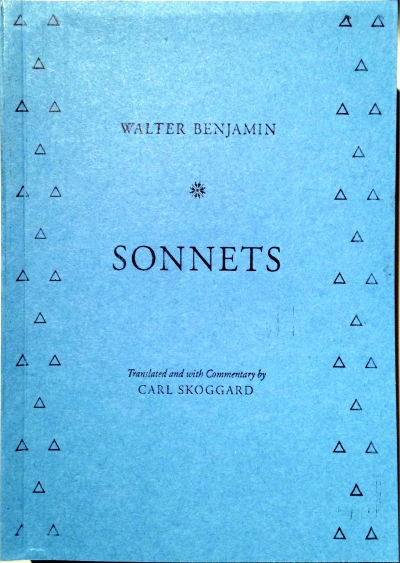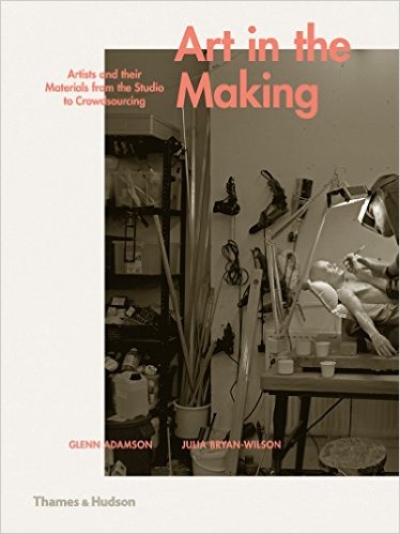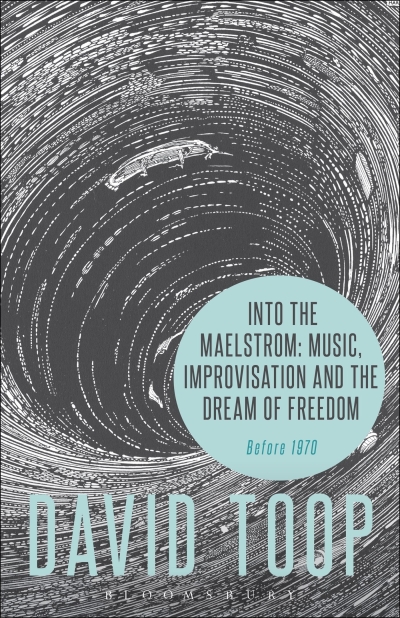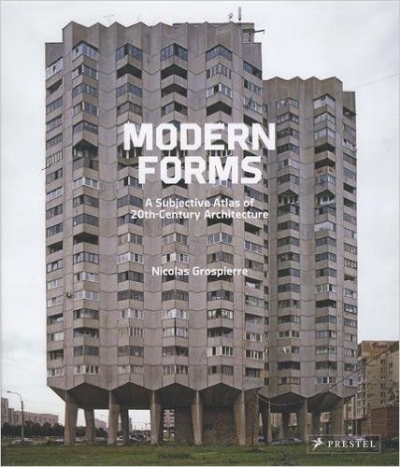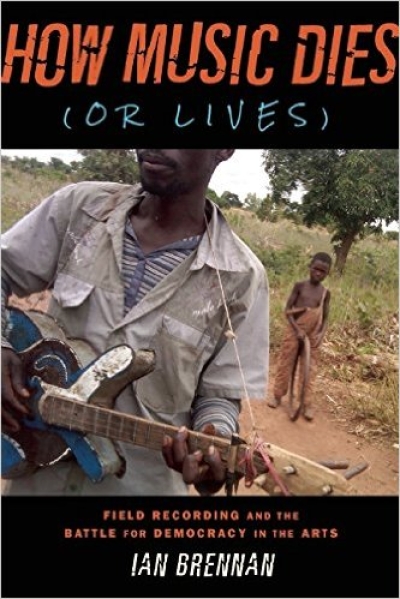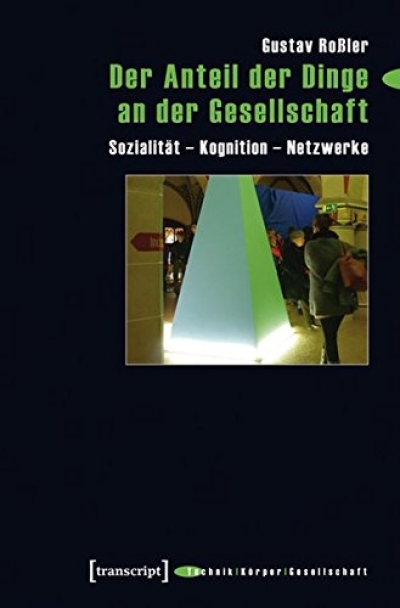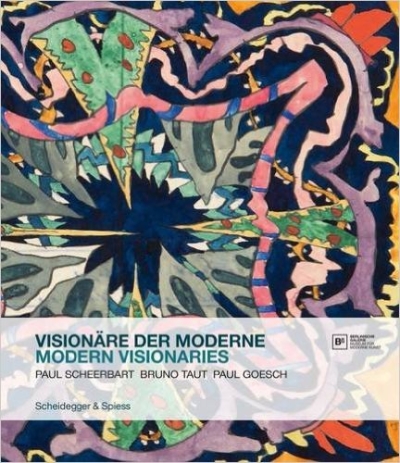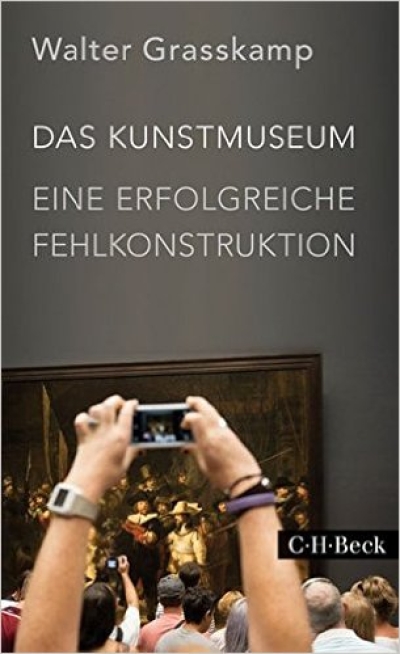
Architecture Depends
Architecture depends - on what? On people, time, politics, ethics, mess: the real world. Architecture, Jeremy Till argues with conviction in this engaging, sometimes pugnacious book, is dependent on things outside itself. Despite the claims of architects to autonomy, purity, and control, architecture is buffeted by uncertainty and contingency. Circumstances invariably intervene to upset the architect's best-laid plans - at every stage in the process, from design through construction to occupancy. Architects, however, tend to deny this, fearing contingency and preferring to pursue perfection.
With "Architecture Depends", architect and critic Jeremy Till offers a proposal for rescuing architects from themselves: a way to bridge the gap between what architecture actually is and what architects want it to be. Mixing anecdote, design, social theory, and raw opinion, Till's writing is always accessible, moving freely between high and low registers, much like his suggestions for architecture itself. The everyday world is a disordered mess, from which architecture has retreated - and this retreat, says Till, is deluded. Architecture must engage with the inescapable reality of the world; in that engagement is the potential for a reformulation of architectural practice. Contingency should be understood as an opportunity rather than a threat. Elvis Costello said that his songs have to work when played through the cheapest transistor radio; for Till, architecture has to work (socially, spatially) by coping with the flux and vagaries of everyday life. Architecture, he proposes, must move from a reliance on the impulsive imagination of the lone genius to a confidence in the collaborative ethical imagination, from clinging to notions of total control to an intentional acceptance of letting go.



